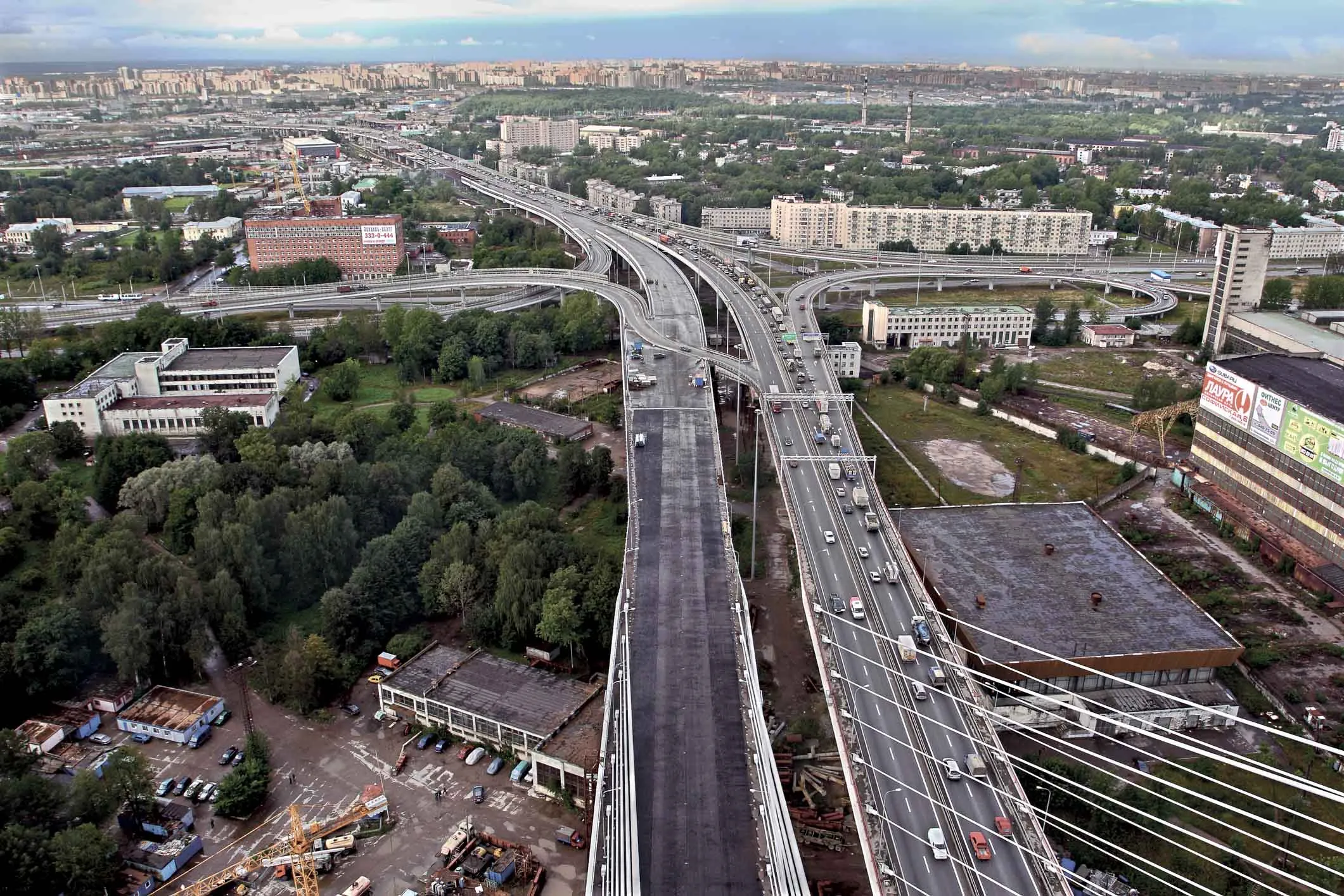Out to tender are sections 1 and 5 of the five-section Sibiu-Pitesti route.
Romania’s Autostrada A1 will, when completed, will run for nearly 580km to connect Bucharest with the Banat and Crișana regions in the western part of the country. The motorway starts on the outskirts of Bucharest and runs to Pitești, Sibiu, Deva, Timișoara and Arad before crossing the border to connect with Hungary’s M43 motorway.
A 17km bypass around Sibiu has already been constructed.
The five-section Sibiu-Pitesti route, costing around €3 billion, is considered to be the most difficult route of the A1 to construct because it crosses the Carpathian Mountains.
Because the motorway is built along the Trans-European Transport Networks Rhine-Danube Corridor, around 85% of funding for construction comes from the European Union.
Romania tenders for two sections of Pitesti-Sibiu motorway
Romania’s national road company has tendered two sections of the Sibiu-Pitesti motorway as part of ongoing work to complete the cross-country A1.
Out to tender are sections 1 and 5 of the five-section Sibiu-Pitesti route.
Romania’s Autostrada A1 will, when completed, will run for nearly 580km to connect Bucharest with the Banat and Crișana regions in the western part of the country. The motorway starts on the outskirts of Bucharest and runs to Pitești, Sibiu, Deva, Timișoara and Arad before crossing the b
May 14, 2018
Read time: 2 mins
Romania’s national road company has tendered two sections of the Sibiu-Pitesti motorway as part of ongoing work to complete the cross-country A1.







